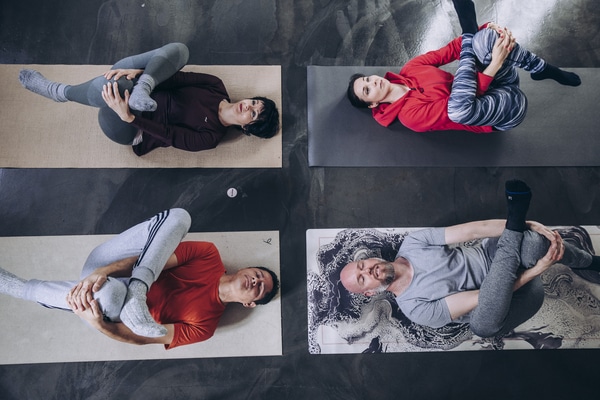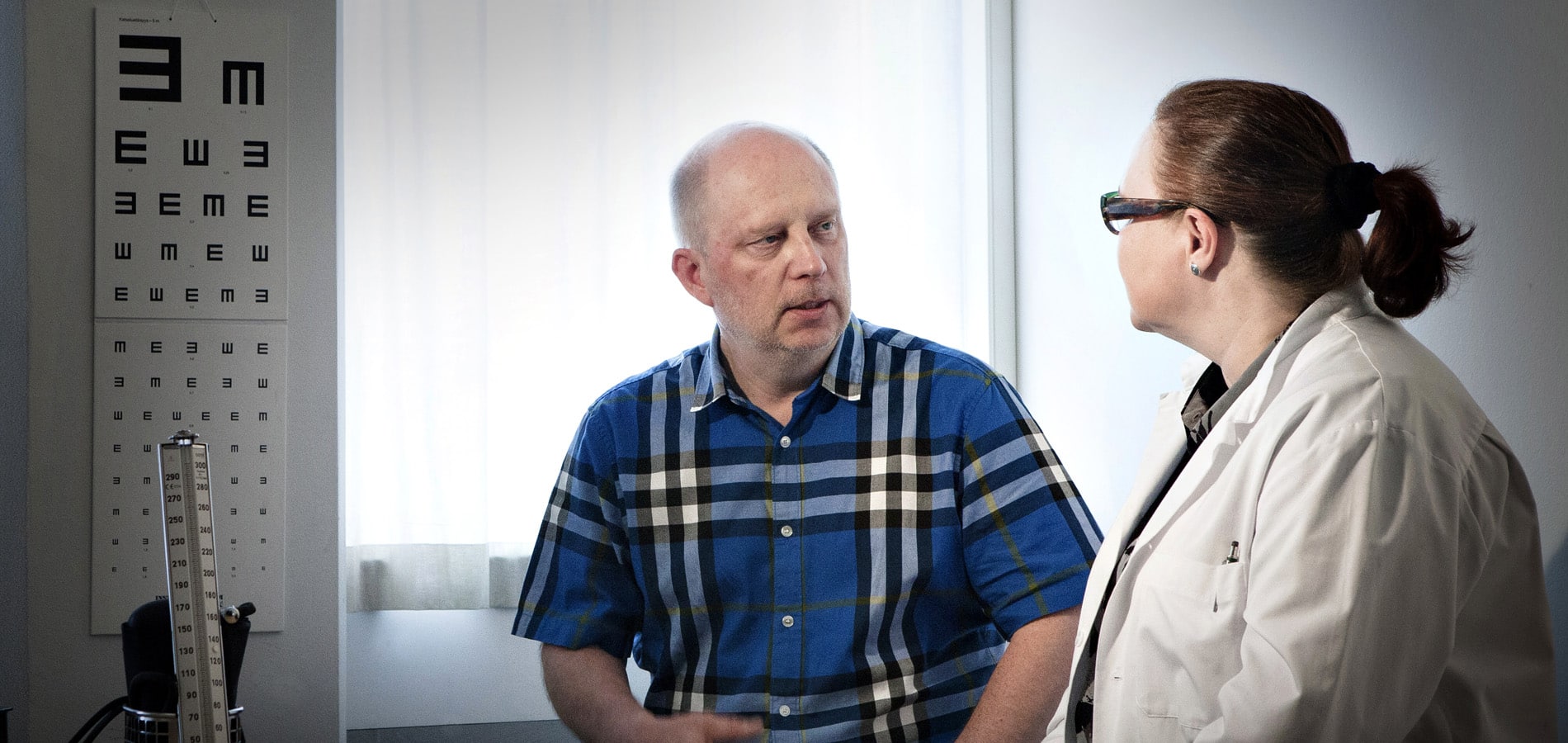
Exercise and cancer
Why is exercise good for people with cancer? Research shows that there is strong evidence that exercise has many benefits for people with cancer.
Why is exercise good for people with cancer?
- Reduces anxiety and depression
- Improves quality of life during and after treatment
- Improves overall physical functioning
- Improves sleep quality
- Improves appetite
- Enhances the effect of cancer treatments
- Prevents or improves lymphoedema (swelling caused by lymph node removal).
- Reduces the recurrence of cancer
Exercise can help you recover
Exercise can help you recover and feel better. Exercise reduces the side effects of cancer treatments, treatment-related fatigue and weight gain, and improves physical fitness and quality of life. Exercise also improves blood circulation, the body’s defences and metabolism, which may reduce the rate of tumour growth and the tumour’s ability to spread. Patients who are in a good physical condition are better able to tolerate cancer treatment.
It is a good idea to start exercising as soon as you are diagnosed. If exercise has been part of your life before, you can continue. If you have never exercised before, you should start moderately, for example with daily walks or light muscle-strengthening exercises.
It is important to find a form of exercise that suits you and that you enjoy.
During cancer treatment, you can exercise as much as you can. Many people can exercise almost as much as they did before they getting sick, while some people are so busy with their treatment that they can’t do much at all. The most important thing is to listen to your body and do as much as possible. You can also exercise in small, ten-minute bursts. All movement is beneficial.
People who normally do intense exercise may need to exercise at a lower rate or break up the exercise duration into shorter sessions during cancer treatment.
Maintaining muscle strength
Maintaining muscle fitness
Maintaining muscle strength during cancer treatment is particularly important. For example, if muscle strength is already low, treatments may reduce muscle mass, making it difficult to get out of a chair. This makes it harder to cope with everyday tasks. The risk is particularly high in older people, whose muscle strength may have already deteriorated with age.
Muscle training can be done at home, in the gym, or outdoors. Weights and other equipment can be used, but you can also use your own body weight to get a varied and excellent workout.
At first, you can go for a short walk every day
If you haven’t exercised before, start lightly.
At first, you can go for a short walk every day. When you feel you can do more, you can extend your walk. You can walk with a family member or friend who can support you along the way.
If you are undergoing cancer treatment or have advanced cancer, you should aim to stay as active as possible. Talk to your healthcare team about where to start to find a goal that works for you.
Remember:
- Move at a level and pace that is right for you
- Increase the pace or intensity gradually
- Drink plenty of water during exercise to avoid dehydration.
- Consult your doctor for advice before starting any strenuous exercise.
You might also be interested

Back to work after cancer
A long absence from work may require support, flexibility and rehabilitation. The best results come from cooperation between the employer, employee and occupational health service.
Read article
Good nutrition
Good nutrition is particularly important if you have cancer, as it will help you stay as fit as possible.
Read article
Follow-up care
After treatment, you will be followed up. Cancer patients are followed up at regular intervals. Follow-up varies depending on the type of cancer and how far the cancer has spread. You may receive follow-up care for some time after treatment in a specialist hospital and then transfer to primary care.
Read article